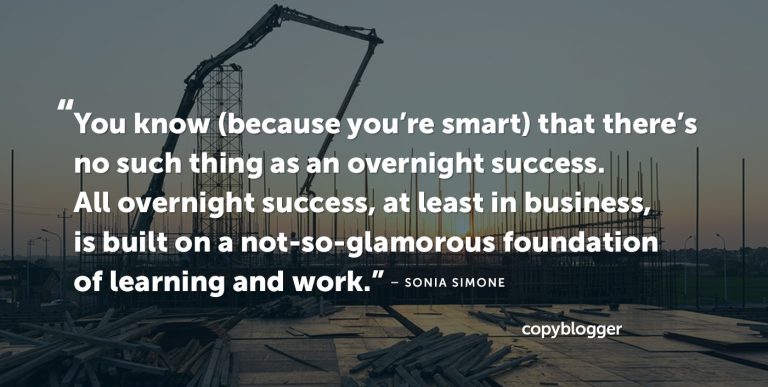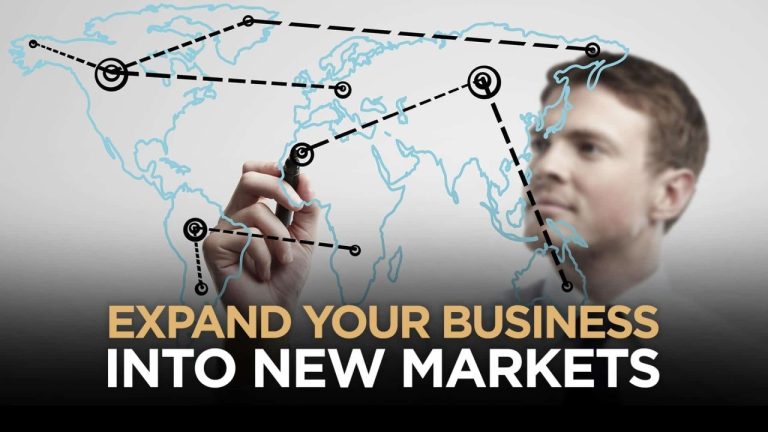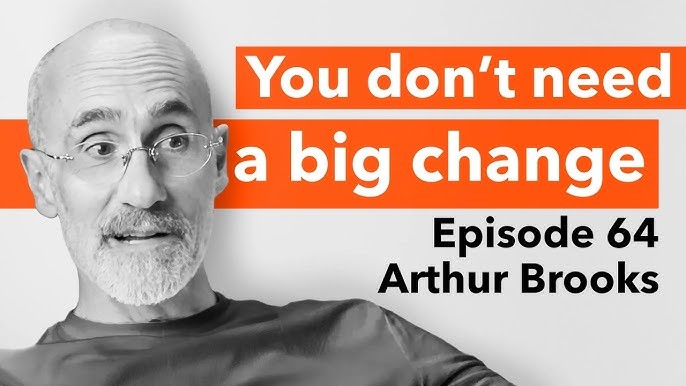How to Build a Business That Outlasts You
Building a business that outlasts its founder is one of the most ambitious and meaningful goals an entrepreneur can pursue. It requires thinking beyond personal success and focusing on legacy, resilience, and continuity. While many businesses are built around the energy and vision of a single individual, those that endure are structured to thrive independently. They are designed not just to serve a market, but to evolve with it. Creating something that lasts means embedding values, systems, and leadership that can carry the business forward long after the original founder steps away.
The foundation of a lasting business is a clear and compelling purpose. When a company is built around a mission that resonates deeply with customers, employees, and partners, it becomes more than a commercial entity—it becomes a movement. This purpose must be authentic and enduring, not tied to trends or personal branding. It should answer the question of why the business exists beyond profit. A purpose-driven organization attracts people who believe in its vision, and that belief becomes a stabilizing force. Patagonia’s commitment to environmental sustainability, for example, has helped it remain relevant and respected across generations, regardless of who is leading the company.
Structure and governance are equally important. A business that depends entirely on the founder for decision-making, strategy, and culture is vulnerable. To outlast its originator, a company needs systems that distribute authority and encourage accountability. This includes building a strong leadership team, establishing clear roles, and creating processes that support consistency and transparency. When these elements are in place, the business can function smoothly even in the founder’s absence. It’s not about removing the founder’s influence—it’s about ensuring that influence is institutionalized in a way that others can carry forward.
Culture plays a critical role in longevity. A healthy, adaptive culture becomes the glue that holds an organization together through change. It shapes how people interact, solve problems, and make decisions. Founders often set the tone early on, but for a business to endure, that culture must be nurtured and reinforced at every level. This means hiring people who align with the company’s values, investing in development, and creating rituals that reinforce shared beliefs. Culture isn’t static—it evolves—but when it’s rooted in strong principles, it provides continuity and cohesion. Companies like Zappos have shown how a vibrant culture can become a strategic asset, driving both performance and loyalty.
Succession planning is another essential ingredient. Many businesses falter when leadership transitions are poorly managed or delayed. Founders may struggle to let go, or successors may lack the preparation or support needed to lead effectively. Planning for succession should begin early, with a focus on identifying and developing talent within the organization. It’s not just about naming a replacement—it’s about building a pipeline of leaders who understand the business, embody its values, and are equipped to guide it into the future. Transparent communication and gradual transitions help ensure that the shift feels natural rather than disruptive.
Financial discipline contributes to durability. A business that is overly reliant on short-term gains or external funding may struggle to weather downturns or strategic shifts. Long-lasting companies prioritize sustainable growth, manage risk carefully, and build reserves that allow for flexibility. They make decisions with an eye toward long-term value rather than immediate returns. This doesn’t mean avoiding ambition—it means balancing it with prudence. A company that can survive lean periods and invest strategically during strong ones is better positioned to endure.
Customer relationships also influence longevity. Businesses that build trust and deliver consistent value create loyal communities that support them through change. This requires listening, adapting, and maintaining high standards. When customers feel connected to a brand, they become advocates and contributors to its evolution. A business that outlasts its founder often does so because it has become part of its customers’ lives in a meaningful way. It’s not just a provider—it’s a partner.
Technology and innovation must be embraced with intention. While legacy businesses can be tempted to cling to familiar models, those that endure are willing to evolve. They invest in learning, explore new tools, and adapt their offerings to meet changing needs. Innovation doesn’t mean abandoning core values—it means expressing them in new ways. A business that remains curious and open to change is more likely to stay relevant. Kodak’s failure to embrace digital photography is a cautionary tale, while Netflix’s pivot from DVD rentals to streaming shows how adaptability can fuel longevity.
Ultimately, building a business that outlasts you is about creating something that stands on its own. It’s about shifting from founder-centric to mission-centric, from personality-driven to principle-driven. It requires humility, foresight, and a deep commitment to building systems and relationships that endure. The goal isn’t just to succeed—it’s to create a legacy that continues to serve, inspire, and grow. When a business is built with this mindset, it becomes more than a career—it becomes a contribution. And that’s what makes it truly timeless.







